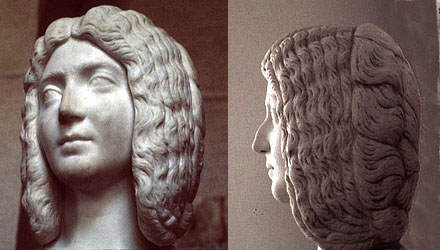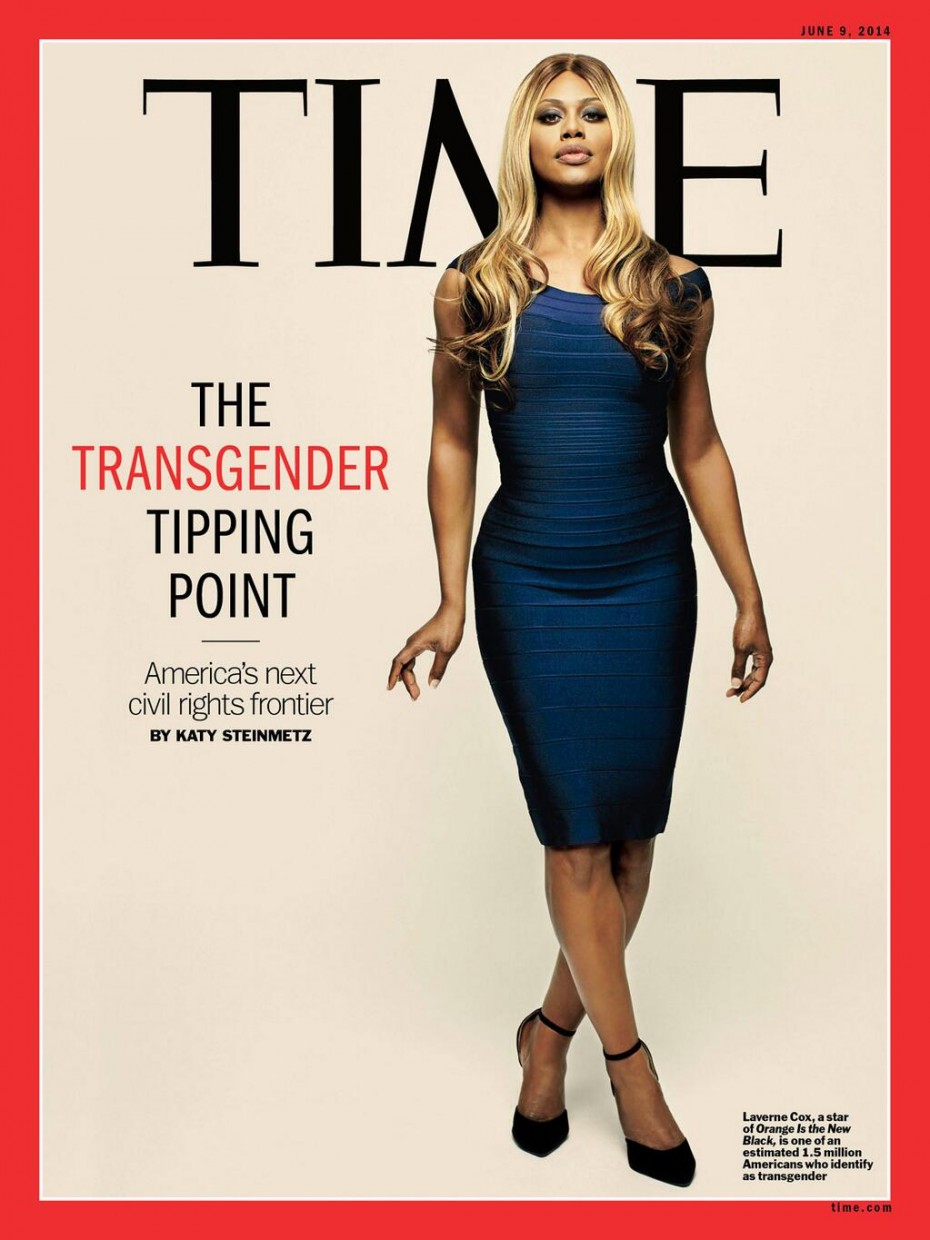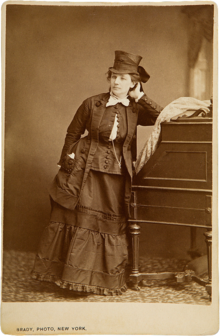
In case you were lucky enough not to have seen it, CNN carried a feature story last week on how masculinity really isn’t necessarily manly — that through the centuries, through the ages, the “expression of manhood” has varied in a radical way.
Now let us take away that good luck:
“Masculinity has always been a shifting concept,” intoned the network, with the air of sober legitimacy. “The history of man is littered with examples of provocateurs and puritans who have fought a seemingly endless battle over what it is to be one.
 “The warrior pharaohs of Ancient Egypt wore makeup long before it was dismissed as only for women, while in the kingdoms of Greece and Rome it was not only acceptable, but commanding to have sex with your male subjects, before early Christian rulers came and condemned sodomy as an outrage and an offense punishable by death.
“The warrior pharaohs of Ancient Egypt wore makeup long before it was dismissed as only for women, while in the kingdoms of Greece and Rome it was not only acceptable, but commanding to have sex with your male subjects, before early Christian rulers came and condemned sodomy as an outrage and an offense punishable by death.
“The medieval era took the model of masculinity back towards basic, chivalric, Christian values, before the likes of Byron and Brummell shattered these ideas with the rise of the dandy. David Bowie might have shocked in the 1970s with his face powder and effeminate posturing, but in Regency-era England, he could’ve passed as an esteemed member of society.”
The article goes on: “Recently, the tall, strong, short-haired, hard-working heterosexual has been the norm of masculinity, but once more that is changing.”
And how glad folks like those at CNN apparently are.
This of course is to justify to the current trend — the demonic fervor — of blurring the distinction between genders.

It is yet another way, this new “masculinity,” a new and innovative way (Satan is very innovative), of blurring genders or outright changing them so as to assume the role of creator and contradict God — Satan’s goals since he was cast down (precisely for attempting to subsume the Creator).
Standing against the trends toward demasculinization is the Christ in the Shroud of Turin — an entirely strong muscled masculine Christ who goes against the nearly effete versions purveyed so often by artists since the “enlightenment.”
For it was the Lord, we might remember, who created Adam and Eve in a way that was very clear.
Now — however — the “rib” comes out of cosmetic laboratories, out of transgender surgical procedures, out of fashion designers who for decades now have led the way (along with musicians such as Bowie, and now a true bevy of current androgynous performers) toward making men and women the same.
One reason for the strategy of erasing masculinity — besides encouraging homosexuality — is to blur the very definition of “family.”
There also is an occult underpinning.

As observed in Where the Cross Stands: “The occult spirit engendered by Spiritualism and nurtured by the secret cults integrated itself in society’s mainstream under the disguise of liberated sex and feminism.
“Margaret Sanger, the Marx of sexuality, described herself (in My Fight For Birth Control) as part of a ‘secret society’ of ‘agnostics and atheists’ — lying in wait for just what Pope Leo was shown [in his famous vision]: a ‘coming revolution.’
“As an exorcist wrote, ‘the age of enlightenment caused a laxity in the use of the ecclesiastical powers of exorcism’ while another noted the history of mankind demonstrates that Satan is in constant warfare fighting for his kingdom, ever urging the wicked against the good, and using the powers of darkness against those of light.”

Meanwhile, Elizabeth Cady Stanton — the founder of suffrage — consulted “spirits” through rapping noises in her home.
No one can doubt the merits of egalitarianism (all men and women are created equal) — but like so many movements, suffrage has been taken to an extreme — and has been embraced by witches who sought (as they do too with rituals) to empower themselves against men (instead of with them).
Perhaps the main aim of the devil is to obfuscate the image of the Son of Man and God the Father.
Noted one commentator, Mitch Horowitz: “You’d be hard pressed to come across a single significant figure in the Suffragist movement who didn’t have some ties to Spiritualism, even the biggest names, like Susan B. Anthony… It was more than an alliance — Spiritualism and early feminism were like two branches growing out of the same tree trunk.

So was the stage set for abortion; if the beat of rock’n’roll could have a hoodoo lilt, if free sex was like the pagan ritual of saturnalia, if drugs were like the ancient occult practice of pharmaceia, it all led to the ultimate attack on the family, and on the Creator: the killing of unborn infants, a blood sacrifice (at least for witches, who consider it a sacrament).
[resources: Where the Cross Stands]
[Footnote: a quote from Dr. George Ritchie’s near-death experience and vision of Jesus:
“I wasn’t sure when the light in the room began to change,” wrote Ritchie in his extraordinary book. “Suddenly I was aware that it was brighter, a lot brighter, than it had been. I whirled to look at the nightlight on the bedside table. Surely a single 15-watt bulb couldn’t turn out so much light? I stared in astonishment as the brightness increased, coming from nowhere, seeming to shine everywhere at once. All the light bulbs in the ward couldn’t give off that much light. All the bulbs in the world couldn’t! It was impossibly bright: it was like a million welders’ lamps all blazing at once.”
In the middle of that came the thought that he was glad he didn’t have physical eyes; for the light was so bright it would have destroyed his retinas. With his spiritual “eyes,” however, he had no problem looking at it.
“No, I corrected myself, not the light,” wrote Ritchie. “He. He would be too bright to look at. For now I saw that it was not light but a Man Who had entered the room, or rather, a Man made out of light.”
Instantly, recounts Ritchie, a command formed itself in Ritchie’s mind. Stand up! The words came from deep inside, along with the certainty that he was “in the presence of the Son of God,” Whom he describes as “the most totally male Being I had ever met.”
This was not the Jesus of his Sunday school books, notes Ritchie. It was not the Jesus that many artists portray. “That Jesus was gentle, kind, understanding — and probably a little bit of a weakling,” he notes. “This Person was power itself, older than time and yet more modern than anyone I had ever met.”
[resource: Return From Tomorrow]